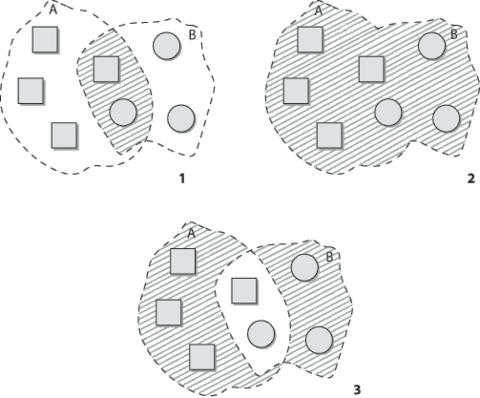
In this article, we want to find the town with the greatest number of inhabitants near a given location.
A very localized example We first need to find and import some data, and I found at the following place a CSV listing of french cities with coordinates and population and some numbers of interest for the exercise here.
To import the data set, we first need a table, then a COPY command:

Hier se tenait la cinquième édition de la conférence organisée par dalibo, où des intervenants extérieurs sont régulièrement invités. Le thème hier était à la fois clair et très vaste : la performance.
J’ai eu le plaisir de réaliser une présentation intitulée « The Need for Speed » dans laquelle on replace l’effort d’optimisation dans son contexte métier, afin de faire une étude des coûts et bénéfices et de savoir non seulement à quoi s’attendre mais aussi quand s’arrêter.


In the article from yesterday we talked about PostgreSQL HyperLogLog with some details. The real magic of that extension has been skimmed over though, and needs another very small article all by itself, in case you missed it.
*Which Set Operation do you want for counting unique values?* The first query here has the default level of magic in it, really. What happens is that each time we do an update of the HyperLogLog hash value, we update some data which are allowing us to compute its cardinality.

If you’ve been following along at home the newer statistics developments,
you might have heard about this new
State of The Art Cardinality Estimation Algorithm called
HyperLogLog. This
technique is now available for PostgreSQL in the extension
postgresql-hll
available at
https://github.com/aggregateknowledge/postgresql-hll and soon
to be in
debian.
